What is Team Sports in Physical Education?: In today’s world, team sports play an imperative part in physical instruction, which not as it were advances physical wellness but moreover basic life abilities such as cooperation, communication, and strength. In this world, team sports are exceptionally vital.
It is vital, but nothing else is done. Exercises like soccer, ball, and volleyball cultivate a sense of community among understudies, educating them the esteem of participation.
In today’s article, we investigate the significance of team sports in schools, their benefits and Highlights commonsense execution procedures for instructors and students.
Key Takeaway
Comprehensive Turn of events: Group activities add to actual wellbeing, interactive abilities, close to home strength, and cooperation capacities, encouraging balanced people.
- Social Connection: Support in group activities improves correspondence, participation, and compromise abilities, assisting understudies with building enduring connections.
- Inclusivity: Group activities advance inclusivity, empowering investment from all understudies paying little mind to expertise level and commending variety inside groups.
- Fundamental abilities: Participating in group activities shows significant fundamental abilities, including administration, discipline, and using time effectively, relevant past the games field.
- Educational program Coordination: Integrating group activities into the actual training educational program can upgrade understudy commitment and inspiration, making learning more agreeable.
- Future Patterns: Familiarity with developing patterns, like innovation’s effect on sports and the ascent of contemporary group exercises, is fundamental for current instructors.
Understanding Team Sports
Definition of Team Sports
Team Sports are athletic exercises in which people cooperate as a firm gathering to accomplish a typical goal, normally contending with another group. Models incorporate soccer, ball, and volleyball, where participation, correspondence, and procedure are fundamental for progress.
Characteristics of Team Sports
- Participation: Players should cooperate to accomplish shared objectives, depending on one another’s assets and abilities.
- Correspondence: Powerful verbal and non-verbal correspondence is significant for organizing plays and techniques.
- Shared Targets: Groups have a typical point, like dominating a match or accomplishing explicit execution objectives.
- Jobs and Obligations: Every player regularly plays an assigned part, adding to the general procedure and capability of the group.
- Technique and Strategies: Fruitful groups foster methodologies and strategies to outsmart rivals and boost their assets.
- Contest: Group activities are frequently played against different groups, encouraging a serious climate.
- Social Cooperation: These games advance social holding and collaboration, improving relational connections among players.
- Expertise Advancement: Players work on their singular abilities as well as their capacity to team up really with colleagues.
What Type of Team is a Sports Team?
- Objective Situated: Sports groups have explicit goals, like dominating matches, competitions, or titles.
- Characterized Jobs: Every part has explicit obligations in view of their abilities and position, adding to the group’s general procedure.
- Organized Association: Sports groups ordinarily have a reasonable pecking order, including mentors, commanders, and players, with laid out rules and rules.
- Joint effort: Achievement relies upon the capacity of individuals to cooperate, convey successfully, and support each other.
- Execution Estimation: Group execution is many times estimated through wins, misfortunes, and measurements, giving an unmistakable method for surveying achievement.
- Responsibility and Unwaveringness: Individuals frequently display solid dependability to the group, encouraging a feeling of character and fellowship.
What is the Concept of Team Sports?
The idea of Team Sports alludes to athletic exercises where people team up as a firm unit to contend with another group. It accentuates participation, correspondence, and shared targets, expecting players to cooperate to plan and make progress.
Group activities cultivate social associations, foster fundamental abilities, and improve actual wellness, making them imperative in instructive and sporting settings.
Importance of Team Sports in Education
Importance in PE Curriculum
The idea of Team Sports alludes to athletic exercises where people team up as a firm unit to contend with another group. It accentuates participation, correspondence, and shared targets, expecting players to cooperate to plan and make progress.
Group activities cultivate social associations, foster fundamental abilities, and improve actual wellness, making them imperative in instructive and sporting settings.
Why are Team Sports Important in Our Daily Life?
Team Sports are significant in day to day existence since they cultivate collaboration, correspondence, and interactive abilities, assisting people with major areas of strength for building and a feeling of local area.
They advance actual wellness and mental prosperity, decrease pressure, and improve generally speaking wellbeing. Also, taking part in group activities shows fundamental abilities like authority, discipline, and versatility, which are important both on and off the field.
The Role of Team Sports in Promoting Inclusion
- Cultivating Different Support: They establish a climate where people of shifting capacities, foundations, and ability levels can take an interest and contribute, empowering everybody to partake.
- Building People group: Group activities develop a feeling of having a place and kinship, assisting members with manufacturing companionships and associations across different gatherings.
- Empowering Appreciation and Understanding: Drawing in with partners from various foundations advances sympathy, regard, and social getting it, separating social hindrances.
- Creating Fundamental abilities: Consideration in group activities assists people with creating fundamental interactive abilities, for example, correspondence and participation, which are imperative in all everyday issues.
- Helping Certainty: Cooperation in group activities engages people, upgrading their confidence and empowering them to take on difficulties in a strong climate.
Encouraging Participation among All Students
Empowering support among all understudies in group activities is fundamental for encouraging inclusivity and advancing actual work. By establishing a climate that values cooperation and coordinated effort, teachers can persuade understudies of fluctuating ability levels to take part in sports.
Procedures incorporate contribution different games choices, stressing tomfoolery and expertise improvement over rivalry, giving equivalent playing time, and effectively advancing a steady culture. This approach helps fabricate certainty, improves interactive abilities, and guarantees that each understudy feels esteemed and remembered for the experience.
Celebrating Diversity in Team Environments
Praising variety in group conditions improves cooperation and imagination by uniting people with various foundations, viewpoints, and abilities. It encourages a comprehensive air where each part feels esteemed and regarded, advancing collaboration and common help.
Embracing variety likewise assists groups with growing better critical thinking systems and versatility, as differed perspectives lead to imaginative arrangements. Furthermore, perceiving and celebrating individual commitments reinforces group union and upgrades by and large execution, making for a more extravagant and more unique group insight.
Benefits of Team Sports

Benefits of Team Sports
Physical Health and Fitness
Actual wellbeing and wellness are critical parts of by and large prosperity, enveloping ordinary active work, appropriate nourishment, and solid way of life decisions. Taking part in practice works on cardiovascular wellbeing, reinforces muscles, improves adaptability, and supports weight the executives.
Moreover, keeping up with actual wellness helps energy levels, diminishes pressure, and brings down the gamble of persistent sicknesses. Focusing on actual wellbeing encourages a superior personal satisfaction and advances life span, making it fundamental for people, everything being equal.
Social Skills Development
Interactive abilities improvement alludes to the most common way of figuring out how to connect successfully with others, including correspondence, compassion, collaboration, and compromise. Taking part in group activities improves these abilities by giving open doors to cooperation, empowering players to cooperate, share thoughts, and resolve contrasts.
This cooperation encourages solid connections, assembles certainty, and plans people for progress in both individual and expert settings. In general, interactive abilities are imperative for viable correspondence and framing significant associations in day to day existence.
Emotional Well-being and Resilience
Close to home prosperity and versatility are fundamental for adapting to life’s difficulties and keeping up with psychological wellness. Taking part in group activities advances profound prosperity by giving a steady climate where people can put themselves out there, fabricate companionships, and experience a feeling of having a place.
Furthermore, cooperation encourages flexibility by showing players how to deal with mishaps, gain from disappointments, and continue on through difficulties. This blend of help and expertise building assists people with fostering a positive outlook and the capacity to adjust to pressure, improving in general close to home wellbeing.
Advantages of Team Sports
- Worked on Actual Wellness: Customary investment advances cardiovascular wellbeing, strength, and perseverance.
- Social Connection: Group activities cultivate kinships and construct a feeling of local area among players.
- Expertise Improvement: Players upgrade cooperation, correspondence, and administration abilities.
- Profound Strength: Taking part in group activities assists people with adapting to difficulties and foster a positive outlook.
- Inclusivity: They set out open doors for investment among people of shifting capacities and foundations.
- Discipline and Responsibility: Group activities impart a feeling of obligation and commitment, significant in all parts of life.
Disadvantages of Team Sports
- Injury Chance: Improved probability of actual wounds because of serious play and contact.
- Strain to Perform: Players might encounter pressure and tension connected with execution assumptions and rivalry.
- Struggle and Competition: Conflicts among colleagues or between groups can prompt negative encounters and diminished delight.
- Time Responsibility: Customary practices and games might call for critical investment, which can struggle with scholarly or individual commitments.
- Avoidance: A few people might understand left or underestimated in the event that they are less gifted or unfit to completely take part.
Comparison: Team Sports vs. Individual Sports
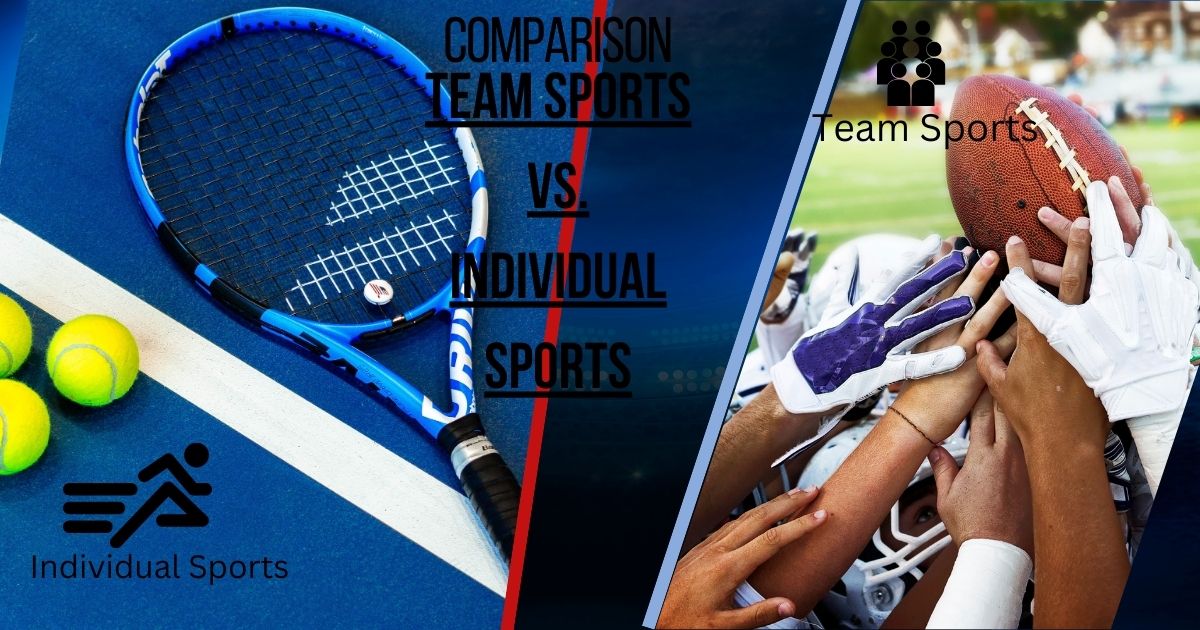
Comparison: Team Sports vs. Individual Sports
Definition and Examples of Individual Sports
Individual games are athletic exercises where members contend alone instead of as a feature of a group. These games stress individual expertise, perseverance, and execution. Models include:
- Tennis: Players go up against each other in singles matches.
- Swimming: Competitors race separately in different strokes and distances.
- Olympic style sports: Occasions, for example, running, significant distance running, and bouncing are performed performance.
- Acrobatic: Contenders grandstand individual schedules on various devices.
- Golf: Players plan to finish a course in the least strokes conceivable.
Individual games center around private accomplishment, permitting competitors to foster self-control and independence.
Advantages of Individual Sports
Benefits of individual games include:
- Individual Responsibility: Competitors are exclusively answerable for their presentation, cultivating self-control and inspiration.
- Adaptable Planning: Members can prepare and contend whenever it might suit them, considering better using time productively.
- Center around Private Objectives: Competitors can lay out and seek after individual objectives custom-made to their assets and interests.
- Improved Confidence: Accomplishments in individual games can support certainty and a feeling of achievement.
- Less Group Struggle: Contending alone decreases the potential for relational contentions and competition inside a group setting.
Generally, individual games empower self-improvement and confidence while permitting competitors to communicate their capacities completely.
Disadvantages of Individual Sports
Impediments of individual games include:
- Segregation: Competitors might encounter depression because of the lone idea of contest and preparing.
- Strain and Stress: The weight of execution falls completely on the person, which can prompt tension and burnout.
- Restricted Social Association: Less open doors for fellowship and collaboration contrasted with group activities.
- Reliance on Self: Achievement depends exclusively on private exertion and responsibility, which can be trying without outer help.
- Injury Hazard: Competitors might propel themselves excessively hard without the consolation of partners, prompting overtraining or wounds.
These disadvantages feature the significance of offsetting individual pursuits with social help and taking care of oneself.
Implementing Team Sports in the Curriculum
Best Practices for Educators
Best practices for teachers in advancing group activities include:
- Comprehensive Climate: Cultivate an inviting air that supports investment from all understudies, paying little heed to expertise level.
- Stress Cooperation: Show the significance of joint effort and correspondence, assisting understudies with grasping their jobs inside a group.
- Center around Ability Advancement: Give open doors to all understudies to acquire and work on their abilities, guaranteeing everybody can contribute.
- Empower Sportsmanship: Advance regard, reasonableness, and uplifting outlooks, both in triumph and rout.
- Balance Rivalry and Tomfoolery: While contest can be propelling, guarantee that the essential spotlight stays on happiness and self-improvement.
- Give Productive Input: Offer direction and backing to help understudies create and gain from their encounters.
By executing these practices, teachers can make a positive and improving group activities experience for all understudies.
Examples of Popular Team Sports in Schools
Instances of well known group activities in schools include:
- Soccer: A broadly played sport that advances collaboration and actual wellness.
- Ball: Empowers expertise improvement and participation among players.
- Volleyball: Cultivates correspondence and cooperation in a quick moving climate.
- Baseball/Softball: Shows methodology and cooperation while building dexterity.
- Football: Accentuates collaboration, procedure, and actual perseverance.
- Rugby: Advances versatility and collaboration in a genuinely requesting setting.
These games draw in understudies, advance actual work, and assist with creating significant interactive abilities.
Supporting Instruction about Team Sports in School
Supporting guidance about group activities in school includes a few key procedures:
- Educational program Reconciliation: Integrate group activities into the actual training educational plan to upgrade’s comprehension understudies might interpret collaboration and participation.
- Proficient Turn of events: Give preparing to teachers on compelling training strategies and comprehensive practices to help different understudy needs.
- Assets and Gear: Guarantee admittance to legitimate offices and hardware to work with learning and practice.
- Energize Support: Set out open doors for all understudies to join groups or take part in sports, advancing inclusivity and commitment.
- Instruct Sportsmanship: Accentuate the upsides of regard, decency, and collaboration, assisting understudies with creating uplifting outlooks towards contest.
By executing these procedures, schools can really uphold understudies in finding out about and partaking in group activities.
Building Team Dynamics
Cooperation and Communication Skills
Collaboration and relational abilities are fundamental parts of fruitful cooperation in sports. Participation includes working cooperatively towards a shared objective, depending on every part’s assets and capacities. Powerful correspondence is pivotal for sharing methodologies, giving input, and settling clashes.
In group activities, competitors figure out how to put themselves out there obviously, listen effectively, and adjust their correspondence styles to various circumstances. Fostering these abilities improves execution on the field as well as areas of strength for encourages connections and gets ready people for progress in different social and expert settings.
Leadership Development through Sports
Initiative improvement through sports includes developing fundamental abilities, for example, independent direction, inspiration, and group the executives. Support in group activities gives open doors to people to take on positions of authority, whether as group commanders or through casual impact among peers.
Competitors figure out how to define objectives, motivate others, and handle difficulties, encouraging certainty and strength. Moreover, sports conditions support responsibility and obligation, as pioneers should explore collective vibes and go with vital decisions.
In general, sports act as a functional stage for areas of strength for creating characteristics that can be applied in different parts of life.
Key Characteristics of Effective Teams
Key qualities of successful groups include:
- Clear Objectives: Groups have obvious goals that line up with their general mission, guaranteeing everybody figures out their motivation.
- Solid Correspondence: Transparent correspondence cultivates trust, cooperation, and the free trade of thoughts among colleagues.
- Characterized Jobs and Obligations: Every part knows their particular job and how it adds to the group’s prosperity, advancing responsibility.
- Common Regard: Colleagues esteem each other’s commitments and points of view, establishing a strong climate.
- Variety: Compelling groups influence different abilities, foundations, and perspectives, upgrading imagination and critical thinking.
- Cooperation and Backing: Individuals cooperate, giving assistance and support, which reinforces group attachment.
- Compromise: Groups address clashes helpfully, involving them as any open doors for development and improvement.
- Obligation to Constant Improvement: Powerful groups routinely ponder their presentation and look for ways of upgrading cycles and results.
These qualities add to a useful and positive group dynamic, at last prompting better progress.
Five Stages of Team Development
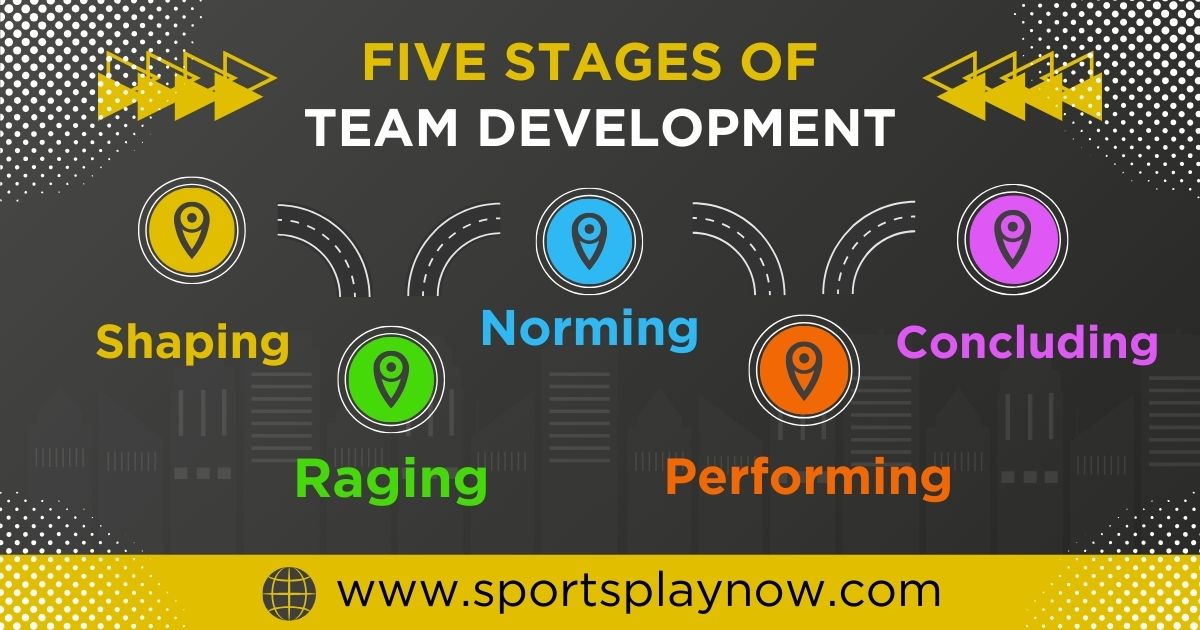
The five phases of group improvement, as framed by Bruce Tuckman, are:
- Shaping: In this underlying stage, colleagues meet up and get to know each other. There is many times energy and tension as people lay out connections and jobs.
- Raging: This stage is described by struggle and contest as colleagues express contrasting suppositions and thoughts. It’s an essential stage for tending to conflicts and explaining jobs.
- Norming: Groups start to foster attachment and lay out standards. Individuals begin to determine clashes, foster trust, and work cooperatively towards shared objectives.
- Performing: At this stage, the group works proficiently and successfully. Individuals are very much organized, zeroed in on execution, and ready to cooperatively take care of issues.
- Concluding: This last stage happens when the group finishes its targets and disbands. Reflection in the group’s accomplishments and encounters is normal, permitting individuals to celebrate triumphs and gain from the excursion.
Understanding these stages assists groups with exploring the advancement interaction and upgrade their viability.
Difference Between Group and Team
The contrast between a gathering and a group lies in their construction, reason, and elements:
Reason:
- Bunch: An assortment of people who meet up for a typical interest or action however may not pursue a particular objective.
- Group: A strong unit of people who team up to accomplish a common goal, with characterized jobs and obligations.
Communication:
- Bunch: Individuals might work autonomously, with restricted connection and collaboration.
- Group: Individuals effectively convey, team up, and depend on one another’s commitments to succeed.
Responsibility:
- Bunch: Individual responsibility is underlined; achievement or disappointment is ascribed to individual endeavors.
- Group: Aggregate responsibility; the group’s prosperity or disappointment is divided between all individuals.
Jobs:
- Bunch: Jobs might be approximately characterized, and people have more independence.
- Group: Jobs are plainly characterized, with every part expected to satisfy explicit capabilities.
Objective Direction:
- Bunch: Objectives might be general or differed among individuals, prompting less concentration.
- Group: Groups make progress toward explicit, quantifiable objectives, cultivating a brought together heading.
In general, while the two gatherings and groups comprise of people, groups are described by their cooperative endeavors and shared obligation to accomplishing shared objectives.
Future Trends in Team Sports
Technology’s Impact on Team Sports
Innovation has fundamentally affected group activities by upgrading preparing, execution examination, and fan commitment. High level information examination and wearable gadgets permit mentors and competitors to follow execution measurements, further develop techniques, and diminish injury chances.
Video examination apparatuses work with ability improvement and game procedure survey. Also, innovation improves observer encounters through live streaming, augmented experience, and intelligent applications, making sports more available and locking in.
Generally, innovation assumes a urgent part in propelling the viability and satisfaction in group activities for competitors and fans the same.
Shift Towards Non-Traditional Team Sports
The shift towards contemporary group activities includes the developing prevalence of exercises that digress from customary games like football and ball. Models incorporate extreme frisbee, dodgeball, and e-sports, which stress tomfoolery, inclusivity, and various support.
These games frequently require less particular gear and can be played in different conditions, making them more available. This pattern supports more extensive cooperation among people of all expertise levels, advancing collaboration and social connection in new and creative ways.
Historical Context
What Was the First Team Sport?
The primary group activity is frequently viewed as rugby, which developed in the nineteenth hundred years from prior types of football played in Britain. In any case, other antiquated games, like hockey and soccer, additionally have authentic cases as early group activities.
Eventually, the specific beginning can fluctuate in view of definitions and verifiable translations, however rugby is habitually refered to as one of the earliest coordinated group activities.
Examples of Team Sports
Instances of group activities include:
- Soccer: Played between two groups of eleven players, zeroing in on scoring objectives by getting a ball into the rival’s net.
- B-ball: Two groups of five players expect to score focuses by shooting a ball through the rival’s loop.
- Volleyball: Groups of six players work to score focuses by hitting a ball over a net and into the rival’s court.
- Baseball: Two groups alternate batting and handling, with the target of scoring runs by raising a ruckus around town and running bases.
- Football (American): Groups of eleven players each expect to score scores by propelling the ball into the adversary’s end zone.
- Rugby: Two groups contend to convey or kick a ball over the rival group’s objective line.
- Hockey: Played on ice or field, groups mean to score objectives by hitting a puck or ball into the rival’s net.
These games accentuate collaboration, methodology, and participation among players.
What are the Other Team Sports?
Other group activities include:
- Lacrosse: Groups use sticks to convey and pass a ball, planning to score in the rival’s objective.
- Cricket: Two groups bat and bowl, endeavoring to score runs and excuse rival players.
- Handball: Groups pass a ball to score in the rival’s objective, underscoring velocity and collaboration.
- Water Polo: Played in a pool, groups score objectives by tossing a ball into the rival’s net.
- Extreme Frisbee: Groups pass a frisbee to score focuses by getting it in the contradicting end zone.
- Dodgeball: Groups endeavor to hit rivals with a ball while trying not to be hit themselves.
- Netball: Like b-ball yet with explicit positional principles and an emphasis on passing.
These games feature cooperation and technique, giving different choices to investment and contest.
what is team sports in physical education
| Aspect | Description |
|---|---|
| Definition | Team sports are athletic activities where individuals work together as a cohesive unit to achieve a common objective, typically competing against another team. |
| Examples | Soccer, basketball, volleyball, rugby, baseball, and cricket. |
| Physical Benefits | Improves cardiovascular fitness, strength, coordination, and overall physical health. |
| Social Benefits | Fosters teamwork, communication, and relationships among participants, promoting a sense of community. |
| Emotional Benefits | Builds self-esteem, resilience, and coping skills through shared experiences and challenges. |
| Skill Development | Enhances motor skills, strategic thinking, and specific sport-related skills through practice and competition. |
| Inclusivity | Encourages participation from students of all skill levels, promoting diversity and cooperation within teams. |
| Educational Value | Teaches important life skills such as leadership, discipline, and time management, which are transferable to various aspects of life beyond sports. |
| Implementation in PE | Integrated into the physical education curriculum to promote engagement, physical activity, and the holistic development of students. |
FAQs about Team Sports in Physical Education
What are team sports?
Group activities are athletic exercises where people cooperate as a firm unit to contend with another group, like soccer, ball, and volleyball.
Why are team sports important in physical education?
They advance actual wellness, interactive abilities, close to home prosperity, and collaboration, giving a comprehensive way to deal with understudy improvement.
What skills do students develop through team sports?
Understudies foster correspondence, collaboration, administration, vital reasoning, and critical thinking abilities.
How do team sports foster inclusivity?
They support cooperation from understudies of shifting expertise levels and foundations, advancing a feeling of having a place and collaboration.
What are the physical benefits of participating in team sports?
Group activities work on cardiovascular wellbeing, strength, coordination, and in general actual wellness.
How can educators effectively incorporate team sports into the curriculum?
Teachers can establish comprehensive conditions, center around ability improvement, energize sportsmanship, and offset contest with fun.
What role does sportsmanship play in team sports?
Sportsmanship shows regard, reasonableness, and uplifting perspectives, which are fundamental for keeping a solid cutthroat climate.
Conclusion
In conclusion, team sports in actual schooling assume an imperative part in cultivating actual wellness, interactive abilities, and close to home prosperity among understudies. They give an organized climate where people work together towards shared objectives, upgrading correspondence, collaboration, and cooperation.
Through support in exercises like soccer, b-ball, and volleyball, understudies work on their actual wellbeing as well as foster fundamental abilities like authority, discipline, and flexibility. Also, group activities advance inclusivity, permitting understudies of shifting capacities to draw in and associate.
At last, the coordination of group activities in actual schooling advances the generally speaking instructive experience, planning understudies for both individual and social difficulties throughout everyday life.

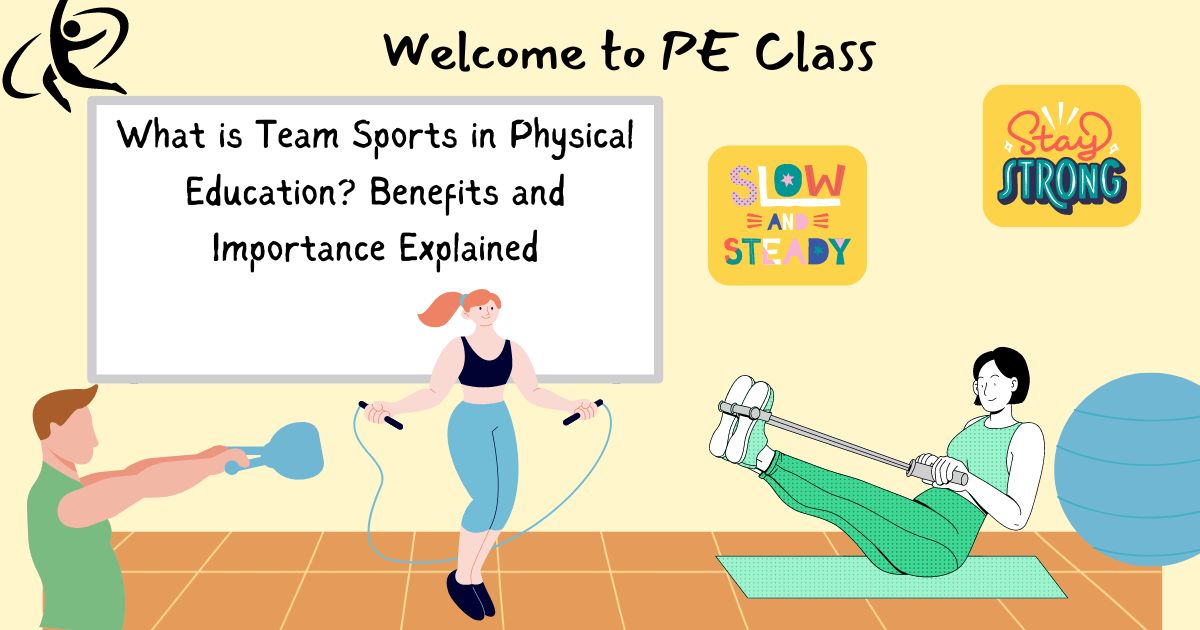
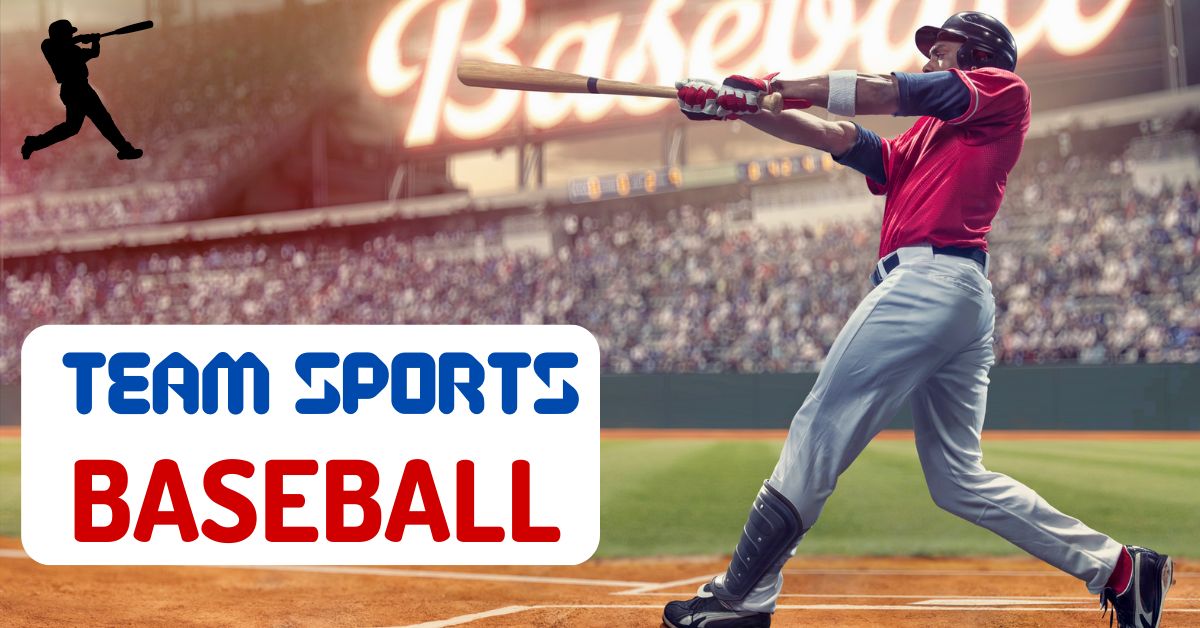
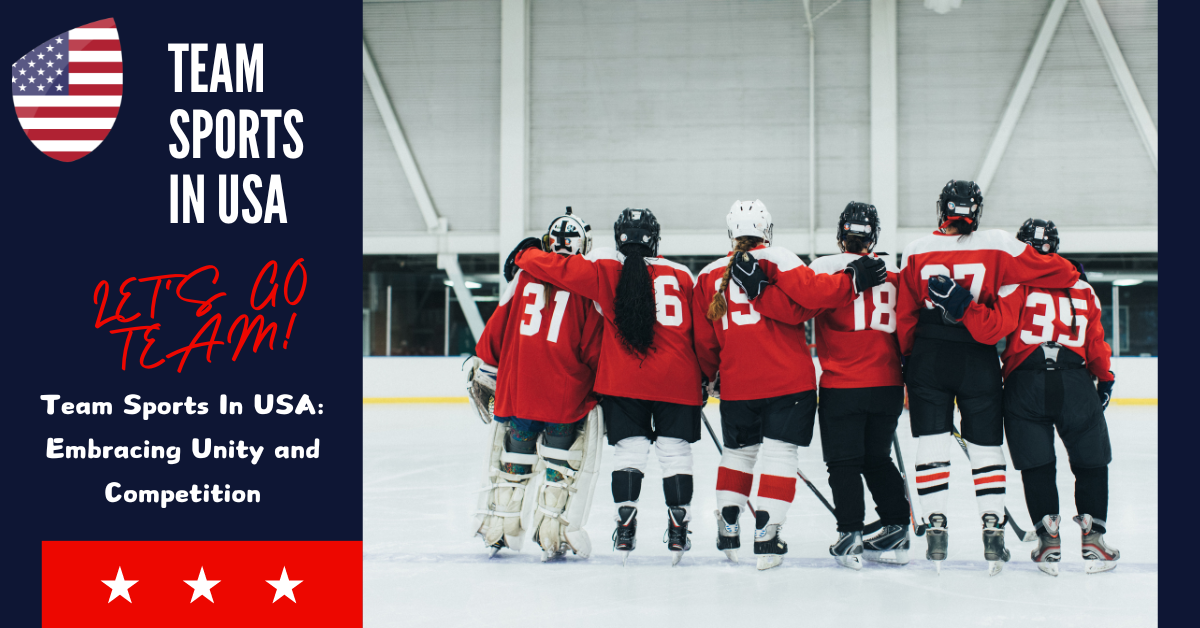

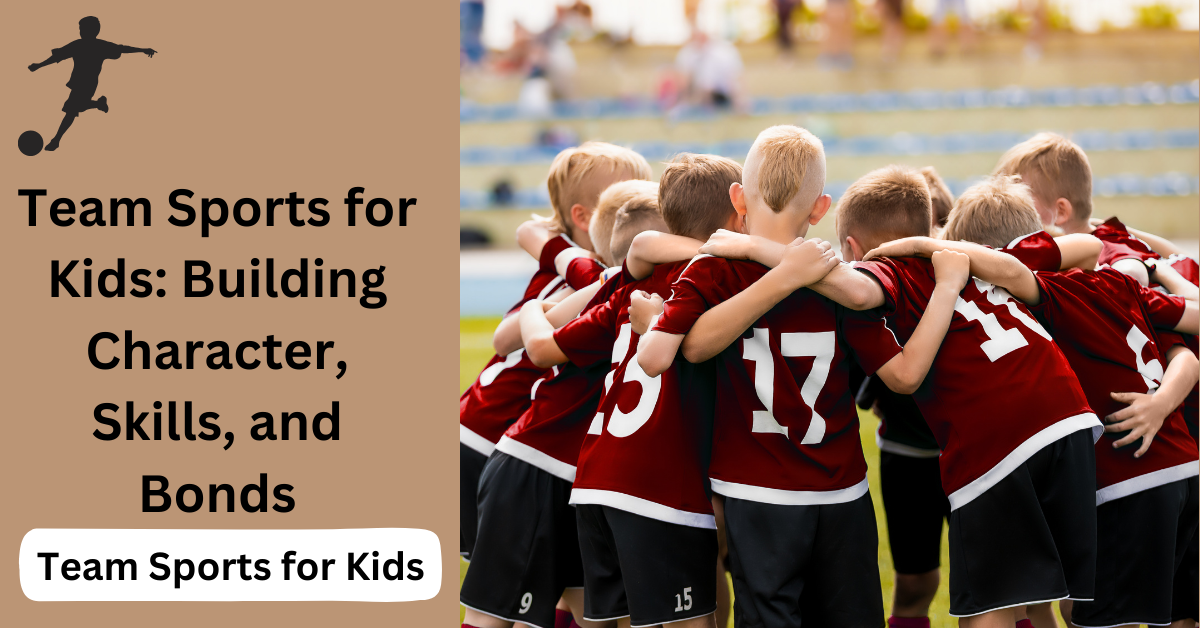
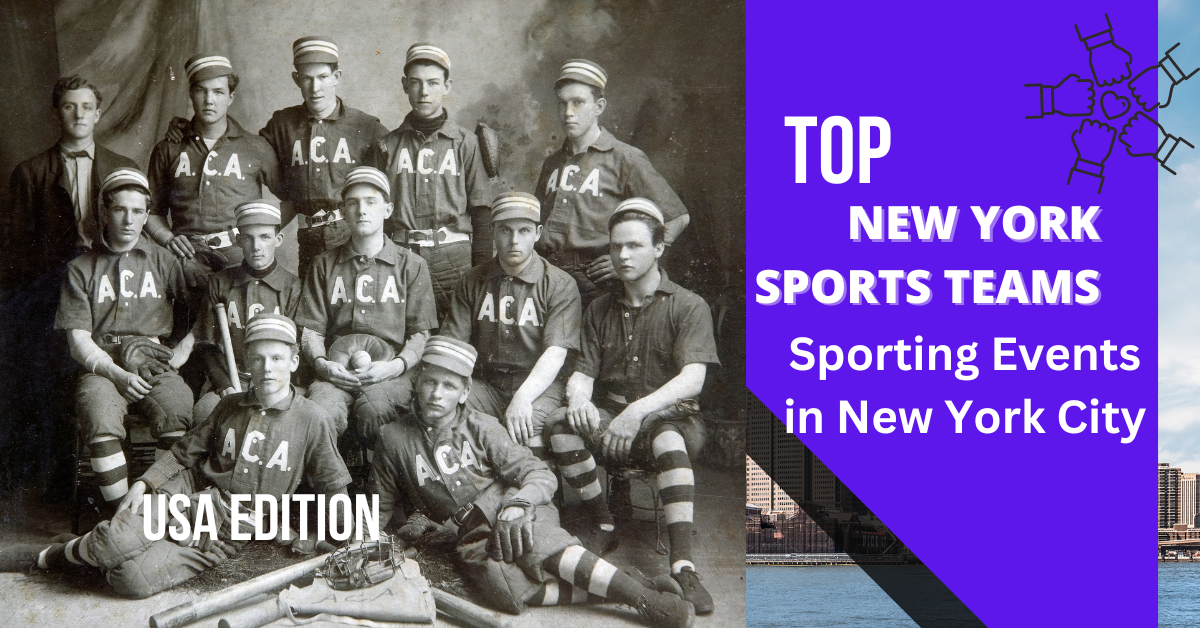
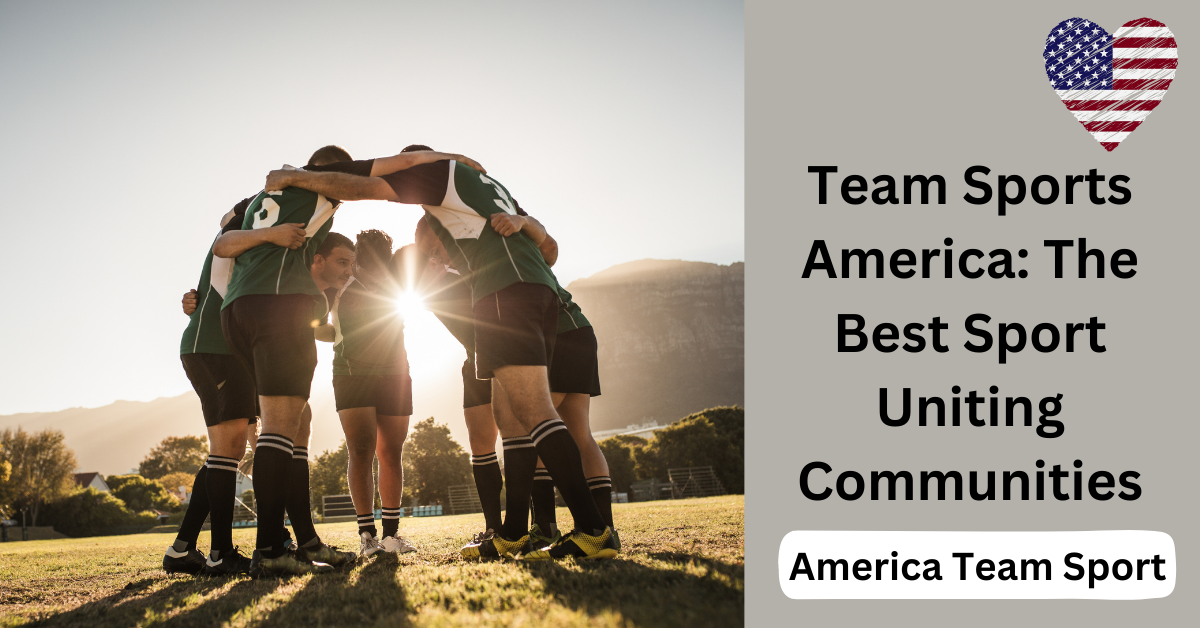
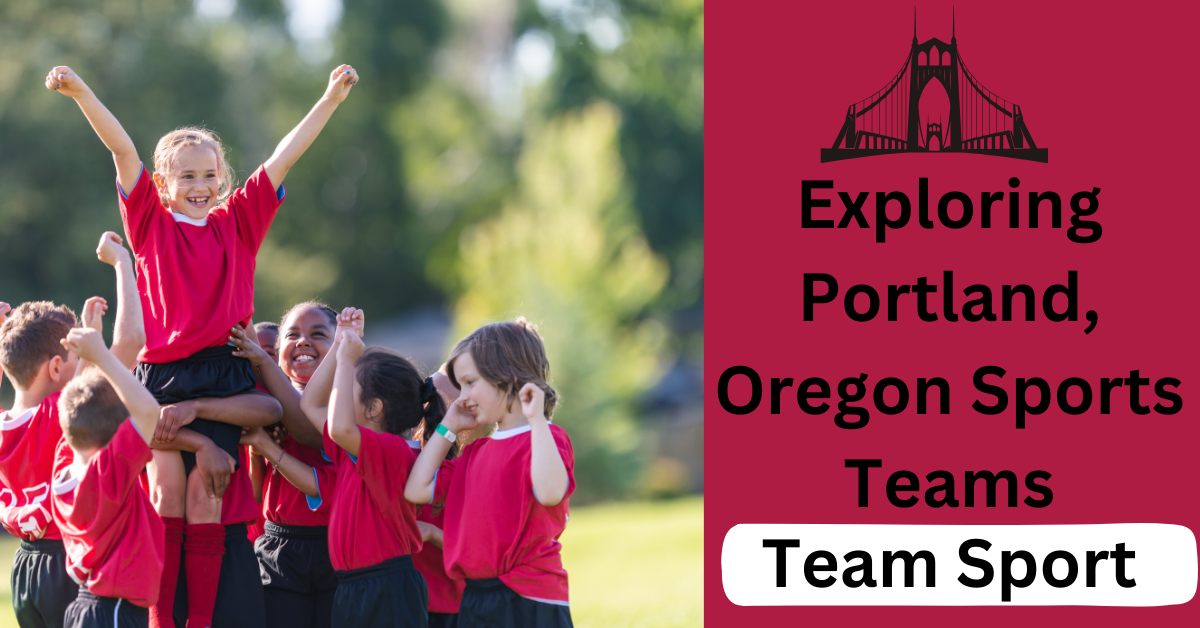
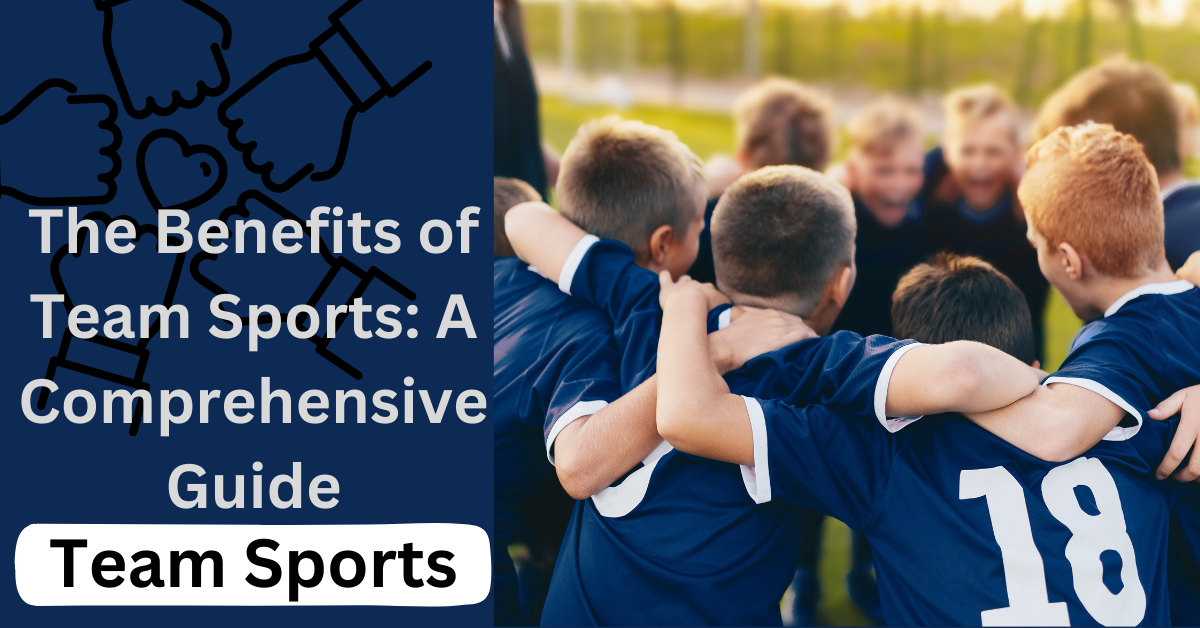
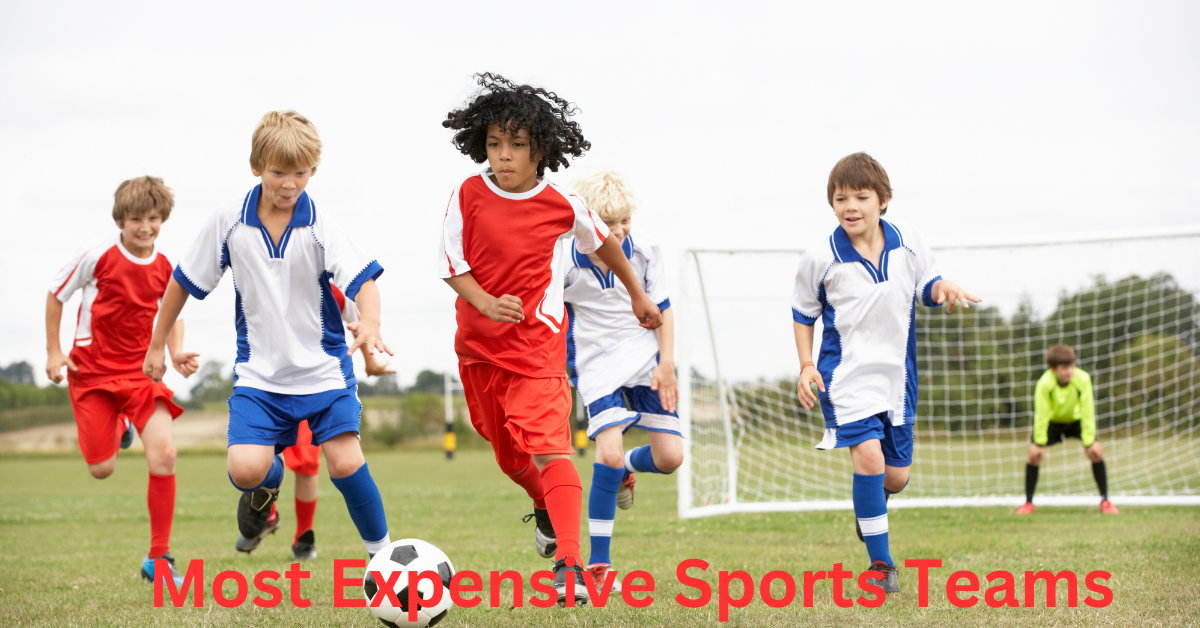
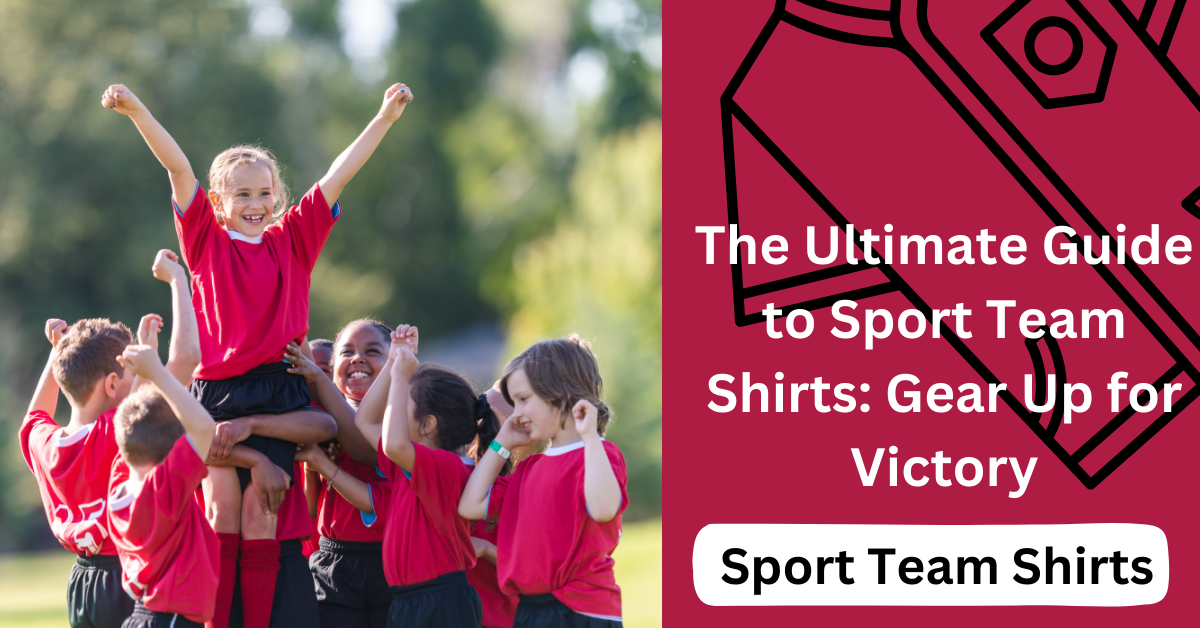




Leave a Reply